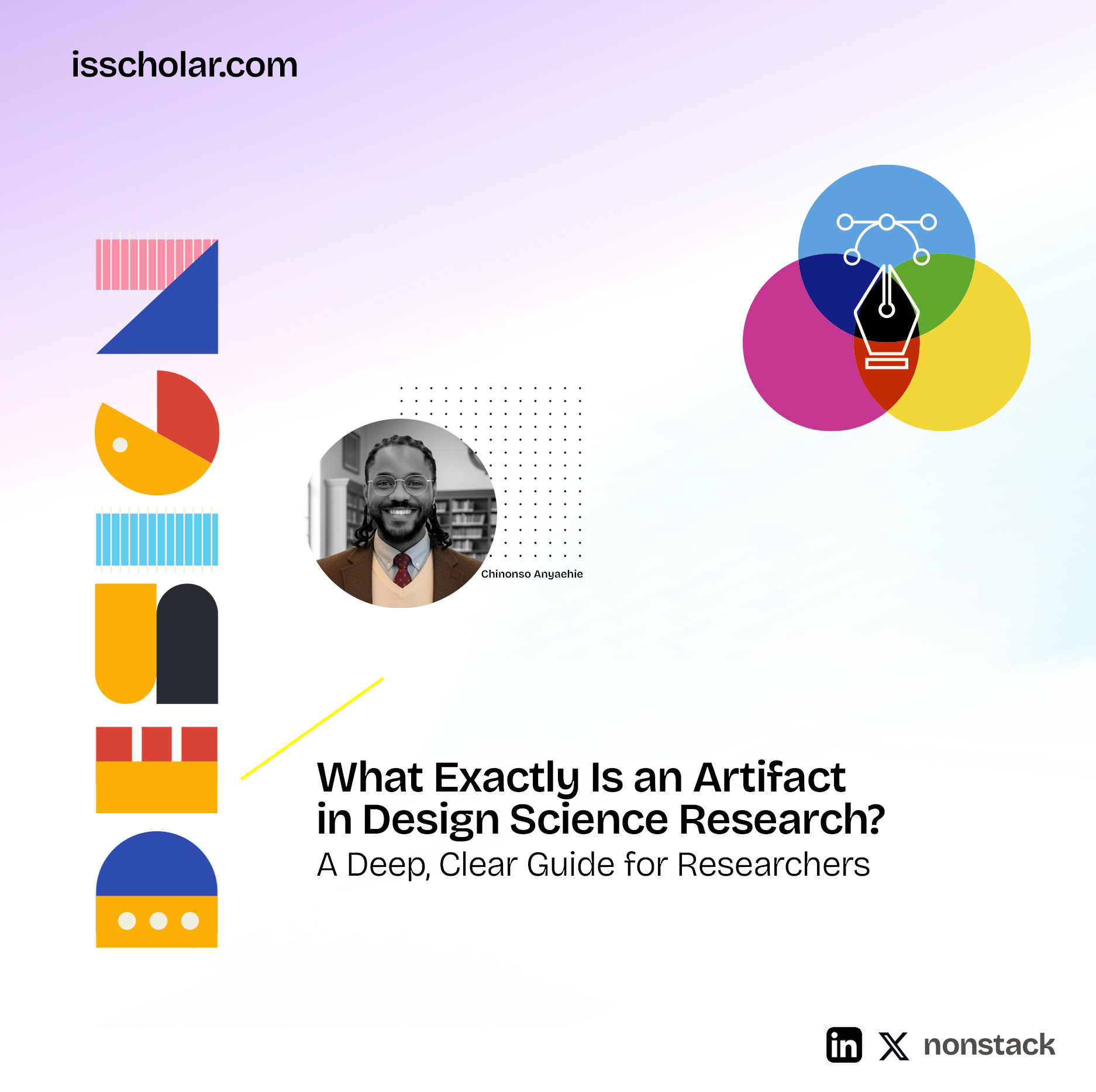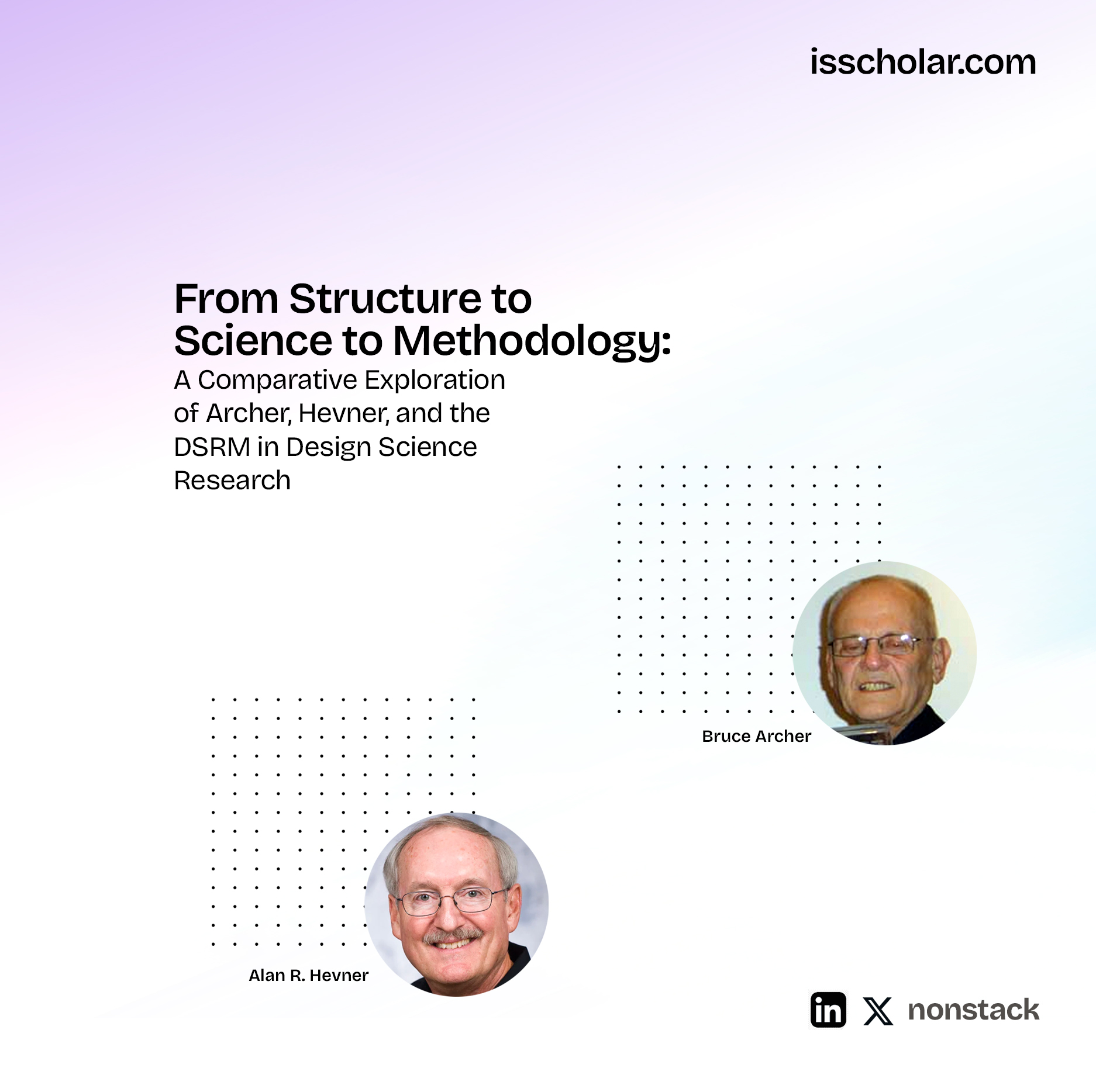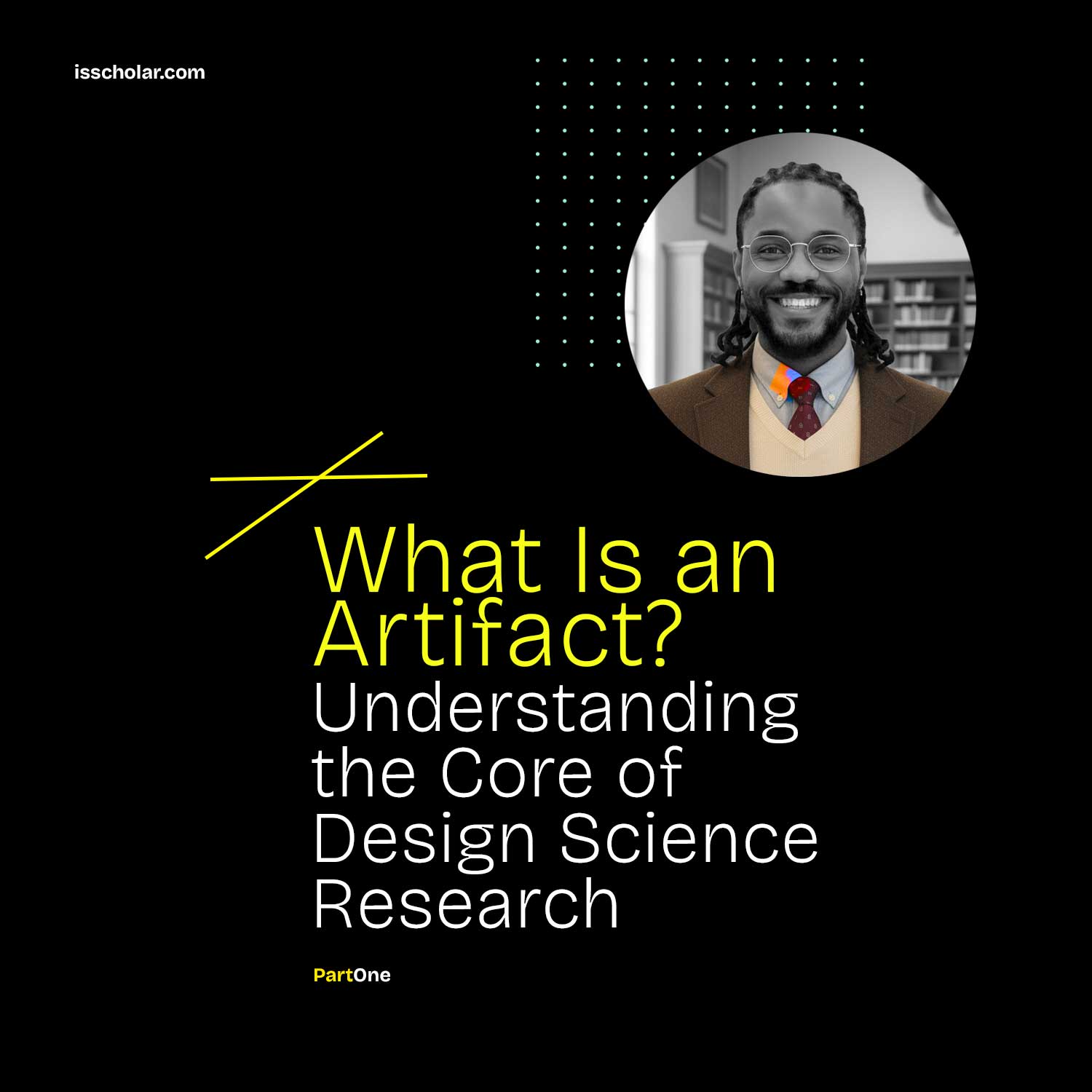In your notes from the information systems class, you’ve touched upon fundamental aspects of theory in social sciences. This elaboration aims to clarify these concepts and help you make sense of the distinctions and relationships among constructs, concepts, propositions, and hypotheses, particularly within the framework of classical theory.
1. What is Theory?
A theory is a systematic explanation of a phenomenon. It serves to explain and predict occurrences by outlining relationships between abstract concepts. In the context of your notes:
- Classical Theory: This refers to theories that both explain and predict phenomena. They are built upon constructs and can generate variables and hypotheses for empirical testing.
Key References:
- Bacharach’s Paper
- Whetten’s Paper
- Sutton and Staw’s Paper
- Shirley Gregor’s Work: She identifies five types of theories, and what we’re referring to as classical theory aligns with her Type IV—theories that explain and predict.
2. Concepts vs. Constructs
Understanding the difference between concepts and constructs is crucial.
- Concepts: These are general ideas or notions. They are abstract and exist in the realm of thought. Examples include intelligence, motivation, or centralization.
- Constructs: When a concept is used within a theoretical framework to explain a phenomenon, it becomes a construct. Constructs are the building blocks of theories—they are concepts with added meaning in the context of a theory.
Key Points:
- All constructs are concepts, but not all concepts are constructs.
- A construct gains its status by being part of a theory.
- Example:
- Concept: Intelligence
- Construct: In a theory positing that “Intelligence leads to higher academic performance,” intelligence is a construct.
3. Propositions and Hypotheses
- Propositions: These are statements that express relationships between constructs at an abstract level. They are not directly observable and exist above the line (in the realm of ideas).
- Example: “Employee motivation is positively related to job performance.”
- Hypotheses: When propositions are translated into measurable terms, involving variables, they become hypotheses. Hypotheses are testable predictions.
- Variables: Operational forms of constructs that can be measured.
- Example: “Employees scoring higher on a motivation survey will have higher sales figures.”
Visualization:
- Above the Line (Abstract Realm):
- Constructs
- Propositions
- Below the Line (Empirical Realm):
- Variables
- Hypotheses
4. Theoretical System Structure
A classical theory comprises:
- Constructs: The fundamental concepts within the theory.
- Propositions: Abstract statements about the relationships between constructs.
- Variables: Measurable representations of constructs.
- Hypotheses: Empirical statements predicting relationships between variables.
- Boundary Conditions/Assumptions: The specific contexts, populations, or conditions under which the theory applies.
5. Boundary Conditions and Assumptions
These define the limits of a theory:
- Contextual Validity: Where and when the theory applies.
- Population Validity: To whom the theory applies.
- Temporal Validity: The time frame during which the theory holds.
- Assumptions: Underlying beliefs or conditions taken for granted in the theory.
Importance:
- They ensure clarity about the scope of the theory.
- They help identify situations where the theory might not be applicable.
6. Classical Theory vs. Other Types of Theory
While classical theory focuses on explaining and predicting, Shirley Gregor identifies other types:
- Type I: Theory for analyzing (describes “what is”).
- Type II: Theory for explaining (explains “why” something is).
- Type III: Theory for predicting (predicts “what will be”).
- Type IV: Theory for explaining and predicting (combines Type II and III).
- Type V: Theory for design and action (prescribes “how to do something”).
7. Relationships Between Concepts, Constructs, Propositions, and Hypotheses
Concepts and Constructs:
- Concept: An idea or mental representation (e.g., “trust”).
- Construct: When the concept is used in a theory to explain relationships (e.g., “Trust in leadership influences team performance”).
Propositions and Hypotheses:
- Proposition: A theoretical statement about how constructs relate (abstract level).
- Example: “Trust influences performance.”
- Hypothesis: A testable statement derived from a proposition, involving variables (empirical level).
- Example: “Employees who rate high on trust scales will have higher productivity metrics.”
8. From Abstract to Empirical
- Abstract Level (Above the Line):
- Deals with constructs and propositions.
- Not directly observable.
- Exists in the theoretical realm.
- Empirical Level (Below the Line):
- Deals with variables and hypotheses.
- Observable and measurable.
- Exists in the practical realm of data collection and analysis.
9. Constructing Theory
- Constructs are the Building Blocks: Just as bricks build a house, constructs build theory.
- Process:
- Identify Concepts: Recognize relevant abstract ideas.
- Define Constructs: Place concepts within a theoretical framework.
- Formulate Propositions: Establish relationships between constructs.
- Develop Hypotheses: Translate propositions into testable statements.
- Operationalize Variables: Define how constructs will be measured.
- Test Hypotheses: Collect data and analyze relationships between variables.
- Refine Theory: Based on empirical findings, adjust constructs, propositions, and boundary conditions.
10. Practical Example
Scenario: Investigating the impact of leadership style on employee satisfaction.
- Concepts:
- Leadership Style
- Employee Satisfaction
- Constructs (within the theory):
- Transformational Leadership: A leadership style that inspires and motivates employees.
- Employee Satisfaction: The level of contentment employees feel towards their job.
- Proposition:
- “Transformational leadership positively affects employee satisfaction.”
- Variables:
- Leadership Style Variable: Measured through a leadership assessment questionnaire.
- Satisfaction Variable: Measured through an employee satisfaction survey.
- Hypothesis:
- “Employees who perceive their managers as transformational leaders will report higher job satisfaction scores.”
- Boundary Conditions:
- Applicable to organizations in the technology sector.
- Focused on mid-level management.
- Within the context of Western corporate culture.
11. Key Takeaways
- Distinction Between Concepts and Constructs:
- Concepts become constructs when integrated into a theoretical framework.
- Role of Propositions and Hypotheses:
- Propositions link constructs at an abstract level.
- Hypotheses link variables at an empirical level, allowing for testing.
- Importance of Boundary Conditions:
- They clarify the applicability and limitations of the theory.
- Theoretical Rigor:
- Ensuring constructs and propositions are well-defined enhances the validity of the theory.
- Classical Theory’s Place:
- It is one among several types of theories but is foundational due to its focus on explanation and prediction.
12. Moving Forward
To deepen your understanding:
- Review the Referenced Papers: Exploring the works of Bacharach, Whetten, Sutton and Staw, and Shirley Gregor will provide further insights into theory construction.
- Apply the Concepts: Try mapping out theories related to your research interests using the constructs-propositions-hypotheses framework.
- Reflect on Boundary Conditions: Consider how assumptions and limitations affect the theories you encounter or develop.
Conclusion
Grasping the nuances of theory construction is essential for advanced research in social sciences. By distinguishing between concepts and constructs and understanding how propositions and hypotheses function within a theoretical framework, you can critically engage with existing theories and contribute to the development of new ones. Remember that theories are tools for explanation and prediction, and their strength lies in their clarity, coherence, and applicability within defined boundaries.










Leave a Reply